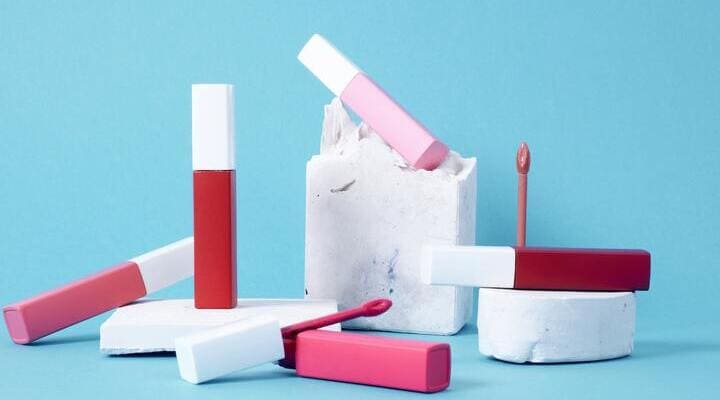In just a few years, this segment has managed to grow significantly. More than 2/3 of women have already purchased a natural cosmetic product, whereas this proportion was only around 10% ten years ago.
The market is growing fast and changing just as fast. From a small confidential niche, with products sold only in discreet para pharmacies, the segment has now become a niche but fashionable segment, increasingly popular, sometimes even going as far as a trend towards greenwashing.
France is the second European market and Third World market for natural cosmetics and has recorded double-digit growth rates since the mid-2010s. Germany is the first European market for natural cosmetics.
We will see in this document which are the key players in this market and will present them in a succinct way. We will then see what the major trends are in this constantly evolving market.
I. The key players and the main segments of the market
The natural and organic cosmetics market can be divided into two main types of players. The pioneering, historical players who created this segment and enabled its launch. Pierre Cattier, Léa Nature, and Fleurance Nature are all small historical players, present on the French market for more than ten years. Challenging them are the world giants of global cosmetics that have been slow to successfully enter the natural cosmetics market: L’Oréal, Henkel, and Unilever. These large groups are now diversifying their offer and multiplying healthy and natural products via their brands Ushuaia, Dove, etc.
In the global natural cosmetics market, there are also different players depending on the product distribution channels. The majority of sales are made in pharmacies, supermarkets, and organic stores. Nevertheless, online sales continue to gain market share and have experienced significant growth in recent years. We are even witnessing the appearance of brands initially distributed only on the Internet, such as the Respire brand.
Among the five world leaders are Yves Rocher and L'Occitane, which combine physical stores via a network, successful online sales, and have significant natural product segments.
II. Major trends in the natural cosmetics market
Consumers of natural cosmetic products clearly affirm their values and beliefs. Most of them express the desire to give greater importance to the protection of the environment in the broad sense, to the limitation of waste, and to the preservation of natural resources. There is also a huge majority who want to preserve their health, limit chemical or toxic molecules, and prefer healthy and minimally processed products.
In line with these desires and research on the part of consumers, several main trends can be observed in the natural cosmetics market. On the one hand, the development and significant growth of solid products (shampoos, make-up remover, soap). These make it possible to limit the packaging and the plastic materials used and are increasingly popular with consumers. There has also been a boom in proposals for refillable products and eco-refills in the cosmetics market in general but even more so in the natural cosmetics market, also aimed at limiting the production of waste, non-recyclable materials, etc.
On the other hand, the development of labels has been a strong trend for several years. The Cosmebio Label, for example, is becoming more and more popular and more and more represented. It allows the consumer to quickly identify a product that meets their expectations in terms of natural products: predominantly natural composition, limitation of environmental damage, use of animal products only when they come from the natural production of animals (milk, honey, etc.). Respect for ethics in production and distribution are key values for the brands of the main natural cosmetics labels.
Finally, the boom in the creation of flagship stores and the development of online stores are a strong trend in recent years that will accelerate further in the years to come. This is the case, for example, for Weleda or Caudalie. This trend has been reinforced by the COVID19 pandemic, the closure of nonessential stores having pushed some consumers to postpone their consumption online, for example.
Sources: Premium Beauty News, Bio Linéaires, Statistics










